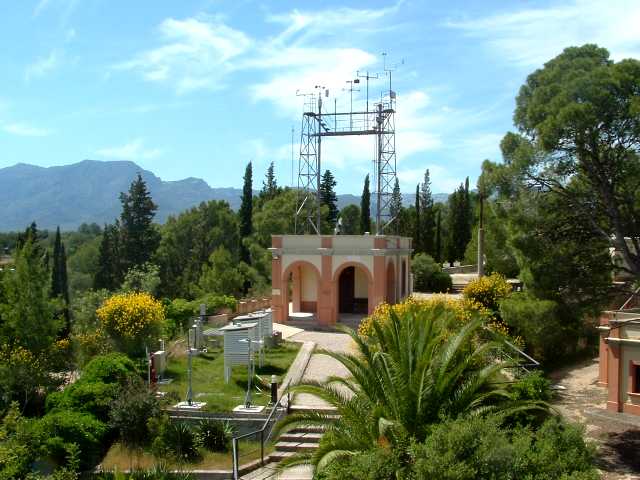The State Meteorological Agency (AEMET) and the Ebro Observatory Foundation (OE) have just renewed their collaboration agreement. This agreement extends for four more years a collaboration that has remained virtually uninterrupted for the past hundred years. Following this agreement, OE and AEMET will continue to collaborate in those observation activities and research and development projects of common interest.

In addition, both institutions will collaborate on research proposals in the field of meteorology, hydrometeorology, climatology and space weather.
In the field of meteorology, hydrometeorology and climatology, OE makes available to AEMET the fruit of the work carried out within the framework of the HUMID and POCTEFA PIRAGUA projects. Under the framework of HUMID, which studies meteorological, agronomic, environmental and hydrological drought on an Iberian scale, OE makes available to AEMET the knowledge generated on the dynamics of drought processes and, at the same time, it shares the generated datasets, which include the SAFRAN gridded meteorological dataset for the Iberian Peninsula, the simulations of the inland water cycle made with the SURFEX model and the flows of the associated rivers, simulated with the RAPID model. Within the framework of the PIRAGUA project, OE is studying the evolution of the water resources of the Pyrenees, on a climatic scale, both in the past and in the future. All the results of this project will also be shared with AEMET.
At the level of space weather, within the framework of the MAGIC-MIGA and TechTIDE projects, the OE has developed near-real-time prediction tools for ionospheric disturbances related to severe space meteorological events and tools for detecting and monitoring traveling ionospheric disturbances. These disturbances pose a threat to the technological systems that use the ionosphere. The tools generated by the OE are applicable to the European region and work is being done to make them compatible with the services of the European Space Agency, to facilitate their future integration. In addition, work will be done to make the tools compatible with World Meteorological Organization (WMO) standards.
The Ebro Observatory is a foundation dedicated to the study and observation of geophysical phenomena. It was founded in 1904 by the Society of Jesus and is located in the municipality of Roquetes (Baix Ebre). The Observatory is an institute of Ramon Llull University and is a coordinated center of the Higher Council for Scientific Research. The Board of Trustees of the Foundation is formed by the City Council of Roquetes (Presidency of the Board of Trustees), the City Council of Tortosa, the Provincial Council of Tarragona, the Department of Business and Knowledge of the Government of Catalunya, the Department of Territory and Sustainability of the Government of Catalunya, the Meteorological Service of Catalonia, the State Meteorological Agency, the Superior Council for Scientific Research and the National Geographic Institute.

